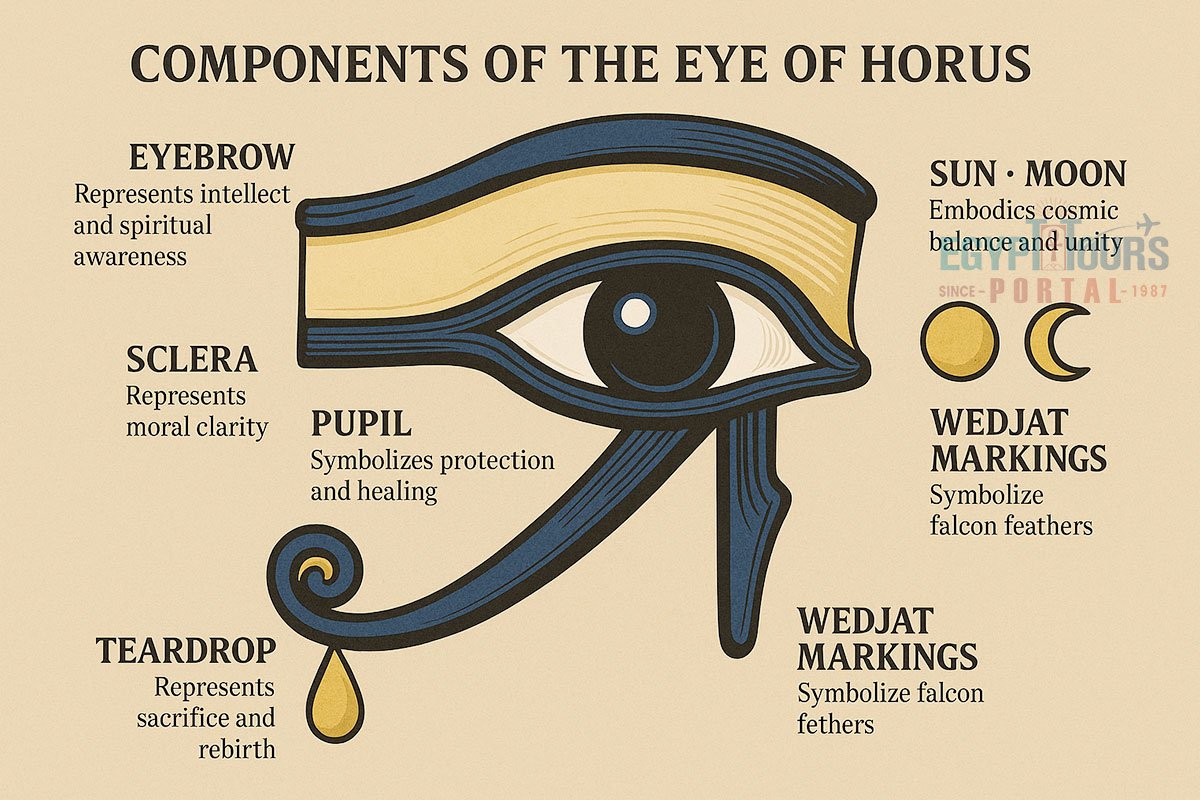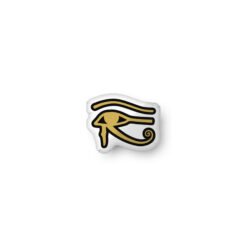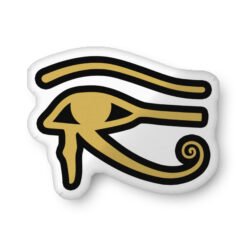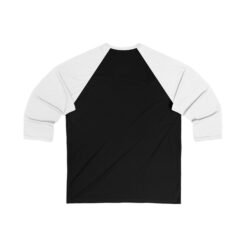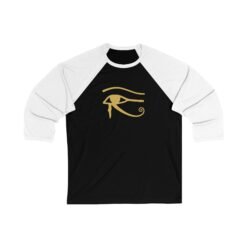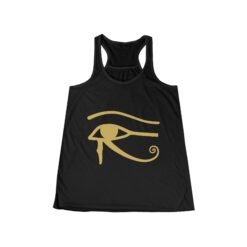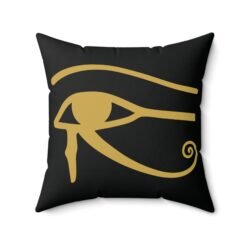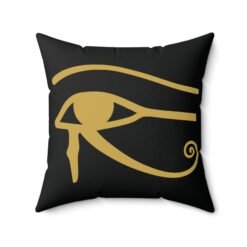Ancient Egyptian Culture, Art & Design, History, History and Mythology, Mythology, Mythology and Culture, Weird History
The Eye of Horus: A Symbol of Healing and Mathematics in Ancient Egypt
The Legend of the Eye of Horus
The Eye of Horus, a potent symbol in ancient Egyptian mythology, is deeply woven into the fabric of their culture and religious beliefs. The legend begins with the conflict between Horus, the sky god, and his uncle Set, the god of chaos and disorder. In an epic struggle for supremacy, Set viciously attacked Horus, ultimately tearing out his eye. This act of violence serves as the catalyst for the eye’s profound symbolism. Within the realm of ancient Egyptian mythology, the Eye of Horus personifies not just a physical entity but also attributes such as protection, healing, and restoration.
As the mythology unfolds, it is said that after losing his eye, Horus sought the healing magic of Thoth, the god of wisdom and writing. Thoth was successfully able to restore the eye, which came to symbolize the principles of order and harmony over chaos. The act of restoration imbued the Eye of Horus with powerful connotations of healing, transforming it into a revered emblem within ancient Egyptian culture. This myth reflects the ancient Egyptians’ deep-seated beliefs in renewal and their understanding of the balance between good and evil.
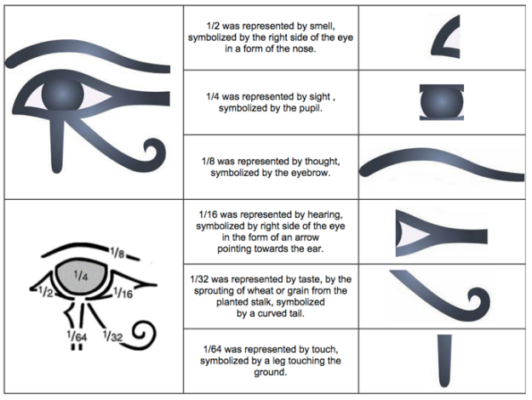
The Mathematical Breakdown: Fractions and Their Significance
In ancient Egypt, the Eye of Horus served not only as a powerful symbol of protection and healing but also as a profound tool for mathematical representation. The ancient Egyptians meticulously divided this symbolic eye into six distinct parts, with each fragment corresponding to specific fractions: 1/2, 1/4, 1/8, 1/16, 1/32, and 1/64. These fractions were not only significant in a symbolic sense but also practically applied in various aspects of Egyptian life, including commerce, construction, and daily measurements.
The division of the Eye of Horus is believed to have been inspired by practical needs within Egyptian society. The fraction 1/2 exemplified completeness and was a commonly used measure in trade contexts. This fraction allowed merchants to effectively calculate volumes and weights while facilitating transactions. Following this, 1/4 represented something more refined, making it a crucial part of their measurement system, particularly in agricultural activities where land and resources were divided among multiple stakeholders.
As we delve deeper into the significance of these fractions, we find that each division provided a remarkable level of granularity in measurements. The 1/8 fraction, for example, would have been particularly useful for subdividing shares in agricultural produce among farmers. Likewise, the 1/16, 1/32, and 1/64 segments allowed for increasingly precise calculations, which were vital for tasks that demanded accuracy in trade dealings or construction projects.
Furthermore, the use of these fractions highlights the advanced mathematical understanding possessed by the ancient Egyptians. This knowledge transcended mere everyday applications; it also underscored their ability to execute complex calculations and develop tools that would facilitate societal advancements. By integrating fractions into their measurement systems and trade practices, the Egyptians demonstrated a sophisticated comprehension of mathematics that would lay the groundwork for future civilizations.
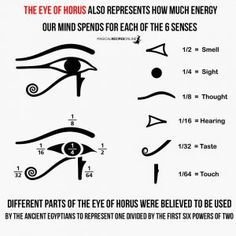
The Hekat Cup: A Practical Application of Fractional Measurements
The Hekat cup serves as a significant example of how ancient Egyptians utilized fractional measurements derived from the Eye of Horus, a symbol closely associated with protection, health, and prosperity. This cup was not merely a vessel; it was an essential tool in trade and agriculture, reflecting the sophistication of Egyptian mathematics and their practical applications in daily life. The Hekat cup was specifically designed for measuring grains, with its divisions aligned to specific fractions that were fundamental to the economic practices of the time.
Historically, the Hekat was a unit of volume equal to approximately 4.8 liters, and the cup featured various markings that allowed for the measurement of various fractions of this volume. The fractional divisions were inspired by the Eye of Horus, which represented not just the concept of wholeness but also the division of the whole into smaller, manageable parts. Consequently, this connection illustrates how spiritual beliefs intertwined with practical necessities in ancient Egyptian society.
The accurate measurement of goods like grain was paramount for the agrarian economy of ancient Egypt. Given that agriculture relied heavily on the Nile’s flooding, leading to varied harvests, the Hekat cup ensured that quantities were correctly accounted for during trade transactions, thus aiding in fair commerce. Farmers would use the Hekat cup to measure seeds for planting and in the distribution of crops among laborers, emphasizing its role in the practical aspects of daily life. Through these applications, the Hekat cup exemplifies how the ancient Egyptians incorporated their mathematical knowledge and cultural symbolism into functional tools, allowing them to navigate complex societal demands effectively.
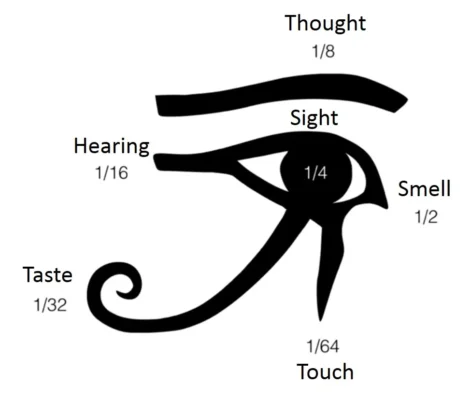
Fraction Art: The Cultural Legacy of the Eye of Horus
The Eye of Horus, a potent symbol in ancient Egyptian culture, represents more than just a mystical emblem; it embodies a unique intersection of art and mathematics. As an artistic motif, the Eye of Horus found its way into various forms of visual expression, including grave artifacts, murals, and jewelry. These artistic deployments were integral to religious beliefs, invoking protection, healing, and royal authority. The eye itself symbolizes wholeness and restoration, derived from the mythological tale of Horus, which lends profound meaning to its visual depictions.
In addition to its spiritual meanings, the Eye of Horus also served mathematical functions in ancient Egypt. The symbol was often associated with fractions, specifically the fractions that represented the six parts of the whole. This mathematical significance manifests in various applications, from the proportions in architectural designs to intricate patterns in textiles, showcasing the synthesis of mathematical precision with aesthetic expression. Artisans skillfully adapted the eye’s geometry into their works, emphasizing harmony and balance—qualities valued in ancient Egyptian society.

